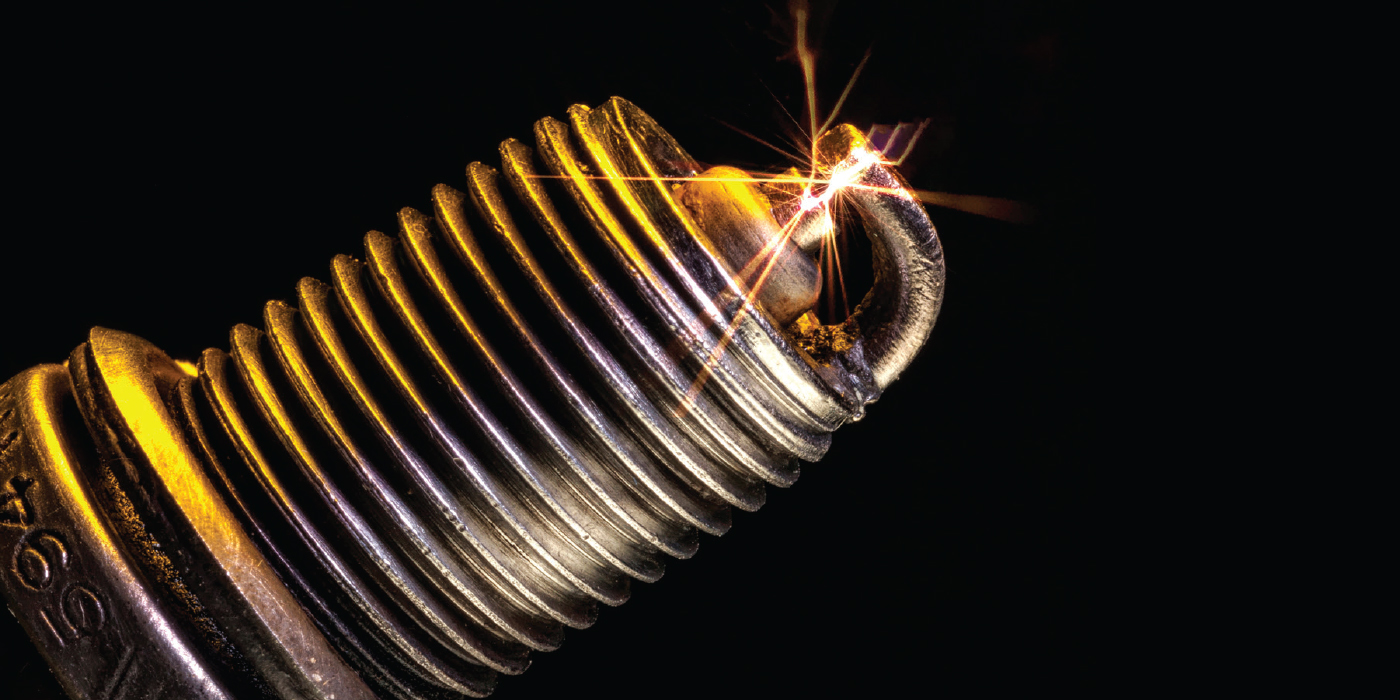
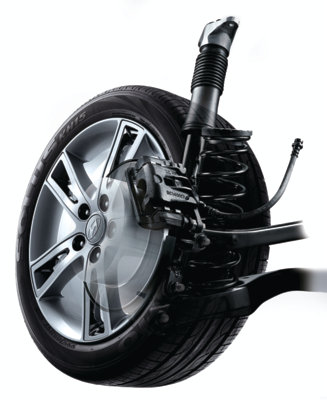


EGR systems put a small amount of inert gas into the combustion chamber to control the temperatures.
The perfect internal combustion vehicle would be able to put the exact amount of fuel and air into the combustion chamber at the exact right moment.
If the perfect combustion event were to occur, you would get nothing more than water and carbon dioxide as byproduct, resulting in no unburned fuel or oxygen. Combustion would occur at the right temperature so oxides (“hyperactive” oxygen turned on by higher temperatures) would not combine with nitrogen and carbon to form nitric oxides (NOx) and carbon monoxide (CO). This perfect car would not need a catalytic converter or any other emission-control device.
When oxygen sensors are tested, manufacturers will introduce small amounts of oil to measure sensitivity.
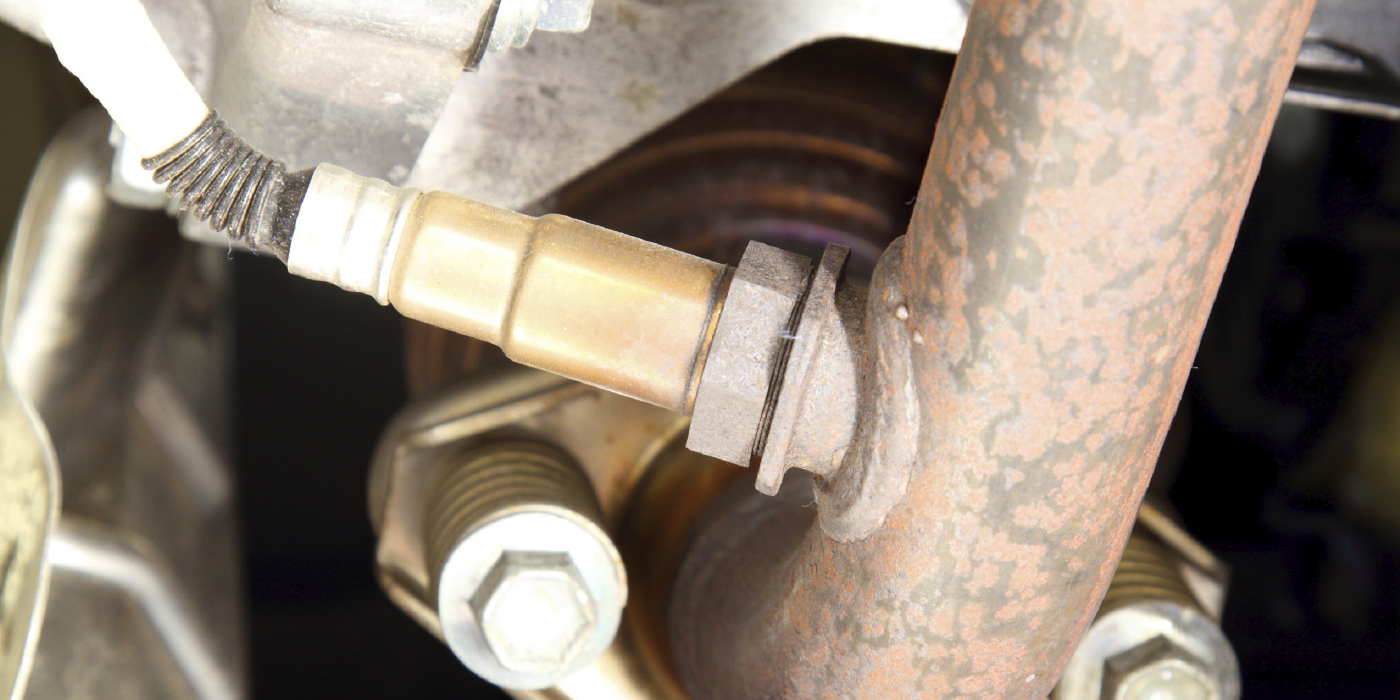
One of the problems with ethanol is how it reacts to water in the air and in the tank.

If an O2 sensor is not reading properly or is borderline, it should be replaced regardless of its age or mileage.

The DPF is designed to store the soot and ash, to later burn them off during a regeneration cycle.
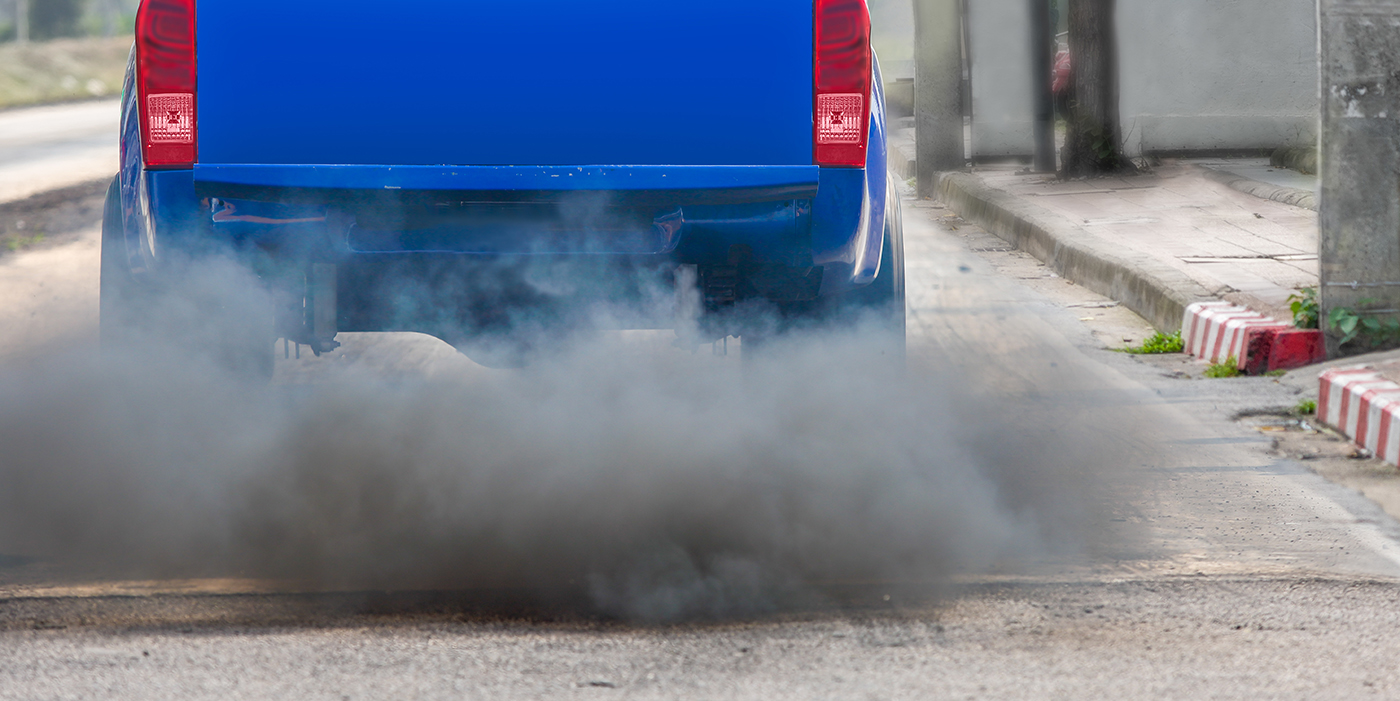
HVAC control modules may fail when the contacts and switches become inoperable. Sponsored by The Group Training Academy.
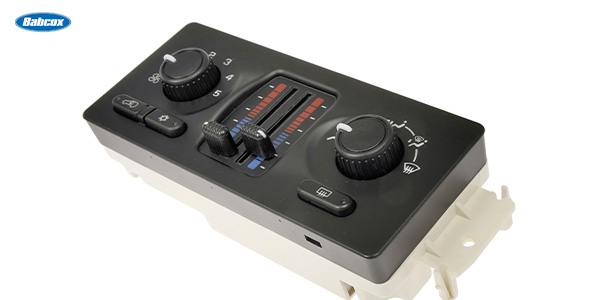
Since exhaust gas does not burn, this lowers the combustion temperatures and reduces NOx emissions from the engine.
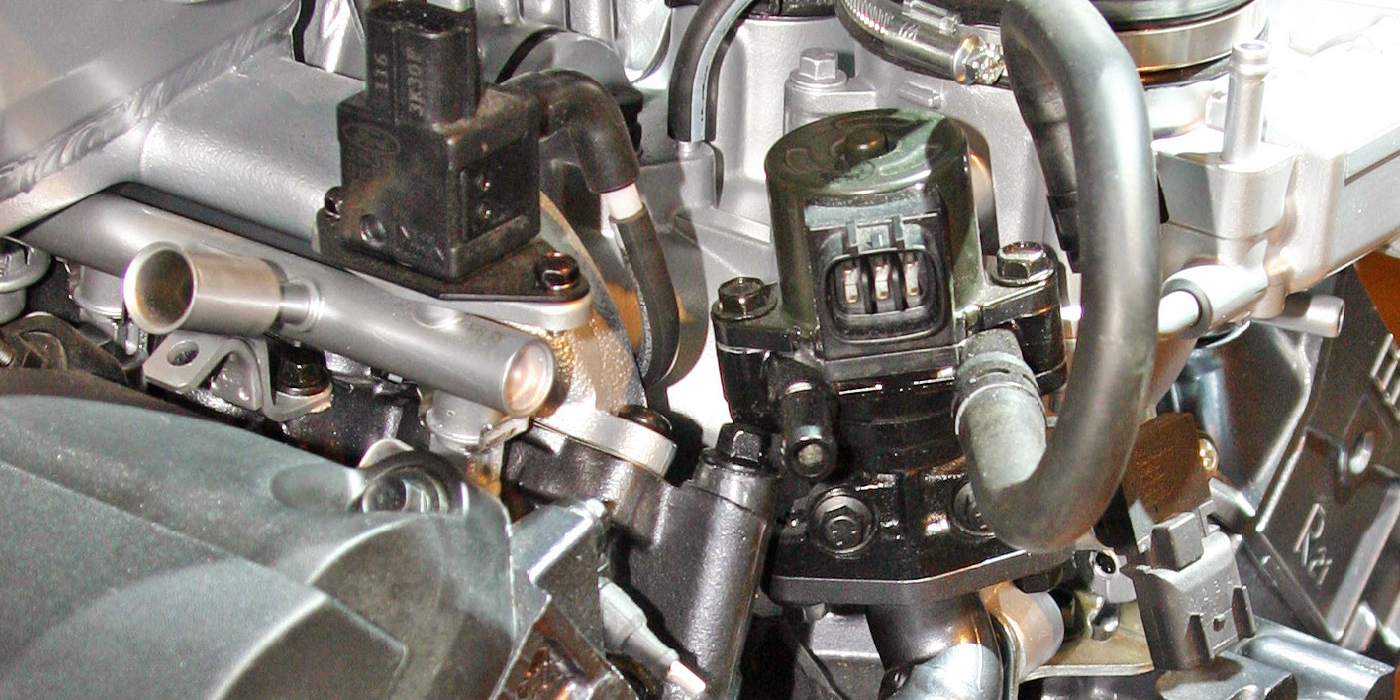
Among the new products is an OE FIX climate control module designed to fit 1.7M Chevrolet Express & GMC Savana vehicles.
Understanding what comes out through the exhaust valve is critical to solving any emissions or driveability problem.
